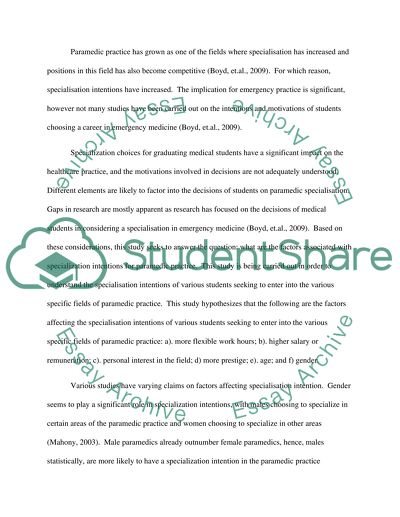Cite this document
(“What Factors are Associated with Specialization Intentions for Essay”, n.d.)
What Factors are Associated with Specialization Intentions for Essay. Retrieved from https://studentshare.org/health-sciences-medicine/1456518-quantitative-social-research-methods
What Factors are Associated with Specialization Intentions for Essay. Retrieved from https://studentshare.org/health-sciences-medicine/1456518-quantitative-social-research-methods
(What Factors Are Associated With Specialization Intentions for Essay)
What Factors Are Associated With Specialization Intentions for Essay. https://studentshare.org/health-sciences-medicine/1456518-quantitative-social-research-methods.
What Factors Are Associated With Specialization Intentions for Essay. https://studentshare.org/health-sciences-medicine/1456518-quantitative-social-research-methods.
“What Factors Are Associated With Specialization Intentions for Essay”, n.d. https://studentshare.org/health-sciences-medicine/1456518-quantitative-social-research-methods.


